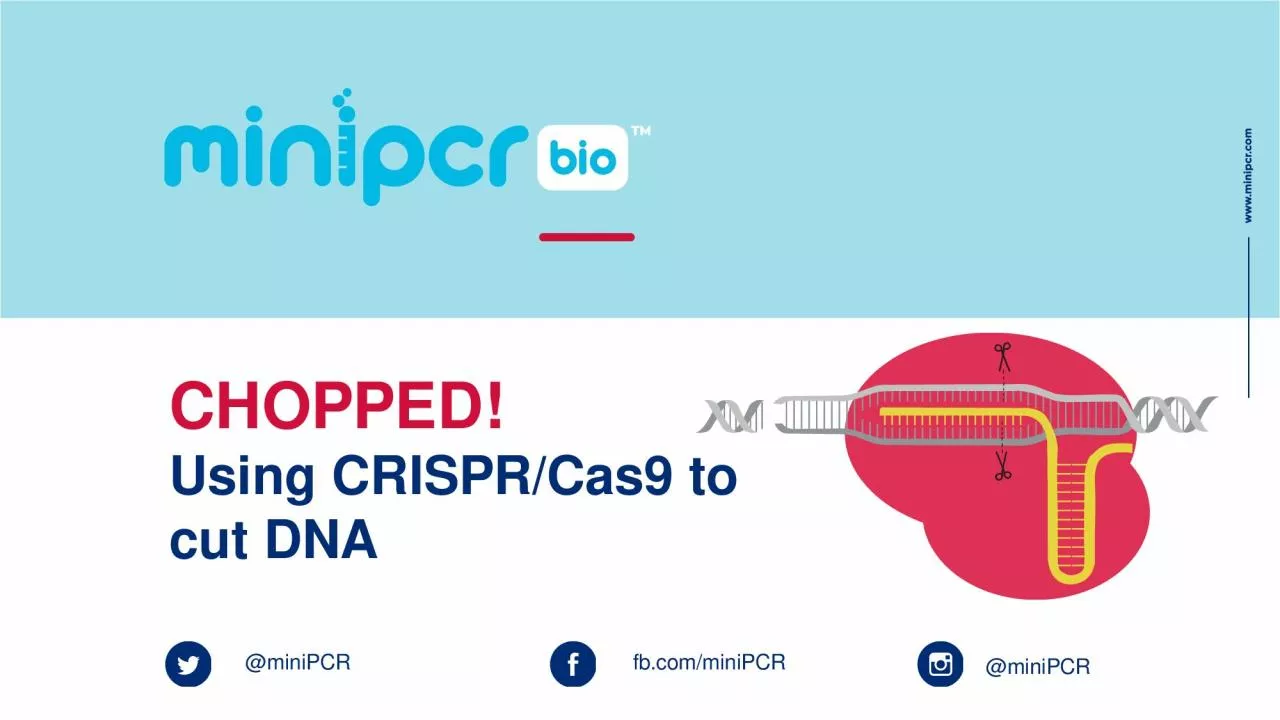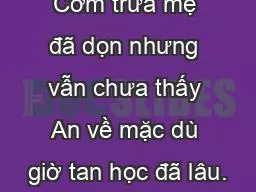PPT-@miniPCR fb.com/miniPCR @miniPCR
Author : berey | Published Date : 2024-02-03
CHOPPED Using CRISPRCas9 to cut DNA Todays lab In this lab you will take a closeup look at the molecular machinery that makes CRISPRCas such a powerful genome editing
Presentation Embed Code
Download Presentation
Download Presentation The PPT/PDF document "@miniPCR fb.com/miniPCR @miniPCR" is the property of its rightful owner. Permission is granted to download and print the materials on this website for personal, non-commercial use only, and to display it on your personal computer provided you do not modify the materials and that you retain all copyright notices contained in the materials. By downloading content from our website, you accept the terms of this agreement.
@miniPCR fb.com/miniPCR @miniPCR: Transcript
Download Rules Of Document
"@miniPCR fb.com/miniPCR @miniPCR"The content belongs to its owner. You may download and print it for personal use, without modification, and keep all copyright notices. By downloading, you agree to these terms.
Related Documents



